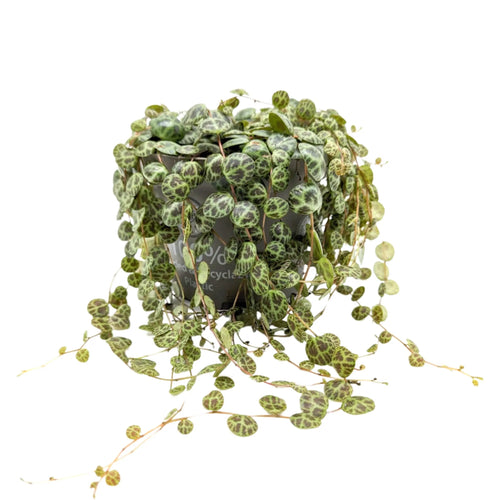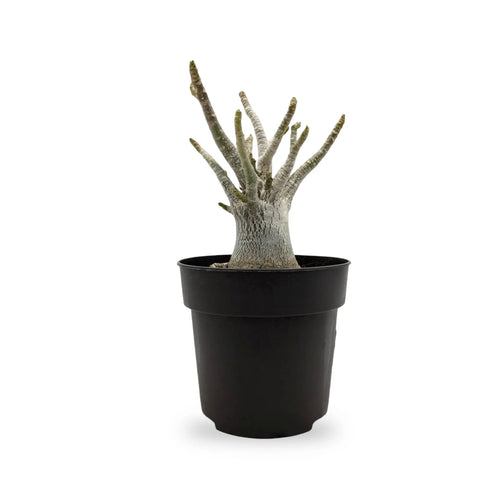Houseplants make our life colourful and bring freshness to our indoor spaces. But during their growth, they sometimes outgrow their pots. This is the time when the joy of repotting comes in. Repotting is a process of care and nurturing our plants.
When to Repot
It is important to know about the time of repotting. In time repotting is crucial for the health and growth of your houseplants. Here are a few signs which will indicate that the time of having a new pot has come.
Root Bound: Whenever you see that the roots of your plant have started circling inside the plant, then immediately change the pot. Because it’s a clear indication that they need more space to grow. The presence of the dense mass of roots also represents that it’s time to repot.
Slow Growth or Wilting: If your once-vibrant plant is struggling to grow or starts wilting even after proper care, it might be due to the limited nutrients and space available in its current pot. Repotting allows the roots to spread out and access fresh soil, promoting healthier growth.

Water Drainage Issues: If the water is pooling on the surface of the soil or taking an unusually long time to drain, it might be a sign that the potting mix is too compacted. Repotting allows for better drainage, preventing root rot and other moisture-related problems.
Yellowing Leaves: If the lower leaves of your plant are turning yellow and dropping off, it could be a sign of nutrient deficiency. Repotting into fresh, nutrient-rich soil can help replenish the plant's nutrient levels and revive its health.
How to Repot
Choose the Right Pot:
Always choose a pot that has drainage holes at the bottom. Make sure that it should be one size greater than the current pot (one size means a fingers widh larger and no more). Never use a pot that is too large because it will lead to overwatering and root rot will be resulted.
Prepare the New Pot:
Place a small layer of fresh potting soil at the bottom of the new pot. This provides a nutritious base for the plant's roots and aids in drainage.
Gently Remove the Plant:
Hold the plant at the base of the stem and carefully remove it from its current pot. Always tap the sides of the pot to loosen the plant and roots.
Inspect and Trim Roots: Examine the root system for any signs of rot, damage, or overcrowding. Trim away any dead or unhealthy roots using sterilized pruning shears. This step helps promote healthy root growth in the new pot.
Repot the Plant:
Place the plant in the center of the new pot, ensuring it is positioned at the same depth as before. Fill the surrounding space with fresh potting soil, gently pressing it down to eliminate any air pockets. Leave a small gap at the top to allow for watering.
Water and Settle: After repotting, thoroughly water the plant until excess water flows out of the drainage holes. This helps settle the soil and initiates the rooting process. Avoid overwatering in the following days to prevent root rot.
Benefits of Repotting
Repotting your houseplants brings several benefits, both for the plants and the plant parent:
- Improved Nutrient Availability
- Inhanced Root Development
- Increased Soil Aeration and Drainage
- Preventing Pest Infestations
- Aesthetic Enhancement








